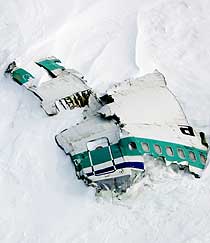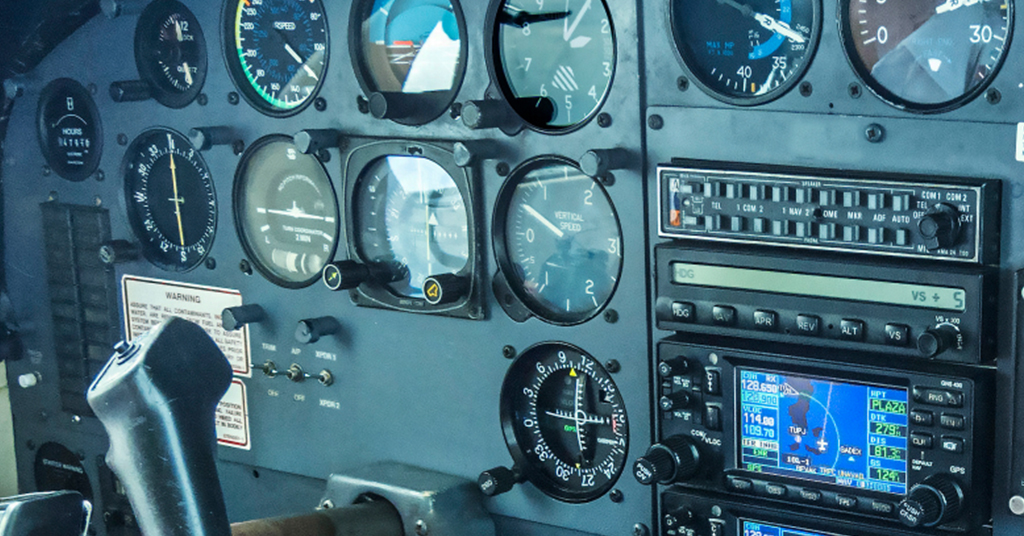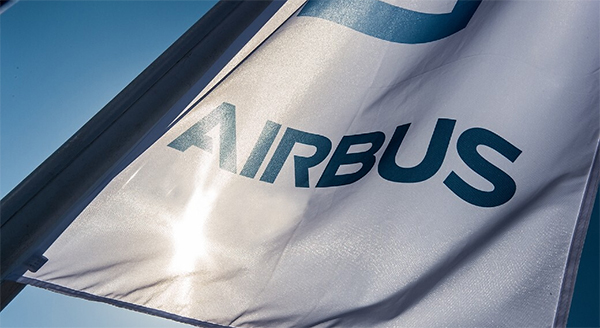Pilots just love their checklists, don’t they? Part of being a pilot is managing and methodically working through a series of checklists designed to keep us safe through each phase of our flight. We know they are vital and that properly following the checklists significantly cuts our risk of preventable and potentially catastrophic critical fails.
Still, if we already completed our landing checklist, do we really need to follow it up with another one? Ask one of the pilots who made a pilot error gear up landing last year, and they will tell you that they wish they had run one final checklist. The GUMPS check could have saved them from the thousands of dollars of damage and a lifetime of ridicule that comes with being one of the pilots who has “done it.”
Learn from their misfortunes and remain one of the pilots who has “not done it” by learning and using the GUMPS checklist before each landing.
What is the GUMPS check?
The GUMPS check is a streamlined, hands-free checklist that pilots can easily memorize. It is designed to be performed following the prior to landing checklist and serves as a double check of the key items on that checklist that can cause critical failures if they are missed.
Although we do our best to work down the checklist and accomplish each item, distractions like identifying the runway, dealing with radio communications, and spotting other traffic can pull us away just long enough that we slip up and miss a crucial item on the standard check. GUMPS plugs that hole. Memorize it, then go through each item verbally as you do with other checklists. It should only take you a few moments.
When to do the GUMPS check
The timing of your GUMPS check will depend on whether you are flying VFR or IFR. For VFR flights, complete a GUMPS check before entering your downwind leg in the pattern. An IFR pilot will run GUMPS before or as they arrive at the final approach fix.
G – Gas
Landing is not the time to run out of fuel, especially if you need to execute a go around. Confirm that the fuel selector is set to “both” if that is an option or to the fullest tank if you can select only one.
U – Undercarriage
This is where you save yourself from becoming a wheels-up landing statistic. If the plane you are flying has fixed landing gear, simply note “Undercarriage – fixed.” This helps build the habit of checking landing gear status so you do not forget the next time you are flying a retractable gear plane.
On a retractable gear aircraft, confirm that the gear lever has been pulled, but do not stop there. Confirm full extension with visual indicators including lights if you have them and by looking out the window to see if the tires are visible.
Be careful not to fall victim to expectation bias here. Our eyes can play tricks on us, causing us to see what we expect to see not what is actually there. This is especially common with routine tasks that we have performed many times like gear extensions. Make a conscious effort to check for full extension.
M – Mixture
Confirm that your fuel mixture control is set to full rich. Although you may be able to make a safe landing with a lean mixture, if you need to call a missed approach and do a go around, you will appreciate having the extra power available on demand without stressing and damaging the engine.
P – Propeller (Pumps, Power)
The propeller settings are also based on the premise of having the aircraft as pre-configured for a go around as possible. If you are flying a plane with a variable-pitch or
constant speed propeller, set the prop control to the highest RPM setting rather than leaving it in the cruise setting.
If your plane needs fuel pumps turned on for landing, include a pumps check here as well. Some pilots also tack on a power check at this point to confirm their power management settings and make any adjustments as needed.
S – Switches, Seatbelts (Silence)
Confirm switches like landing lights are turned on as needed. Some pilots put their fuel pump check here rather than under ‘p’ since the pumps are operated by flipping a switch.
Check that your seatbelt and the seatbelts of any crew and/or passengers are secured.
The final ‘s’ is for silence. As you make your final approach, you should have a quiet ‘sterile cockpit’ with no extraneous chatter. For everyone’s safety keep it to only essential communication related to your approach. Remember to brief your passengers on this so they understand the importance of keeping quiet and allowing you to focus on a safe landing.
Variations of GUMPS
We already mentioned that some pilots add pumps, power, and silence to the standard checklist. If your plane needs carburetor heat for landing, you can add a ‘c’ for carburetor heat to the front of the acronym making it C-GUMPS.
Need to double check rudder trim? Add the ‘R’ in and use GRUMPS. Want to confirm flap settings? GUMPFS is your friend. Are you a total overachiever with an eye on safety and an aircraft with multiple extra settings to confirm? Go ahead and do a C-GRUMPFS check. This may generate a couple chuckles from your passengers, but the important thing is to be safe.
Takeaways
A GUMPS check is a fast, effective way to double-check the most critical pieces of the landing checklist. It takes less than a minute to do and running a GUMPS can catch something that was missed on the standard check before it turns into an expensive, embarrassing, and dangerous point of failure during landing. Watch a
C-GUMPS landing checklist in action and if you not already, start using it to supplement your existing
checklists













